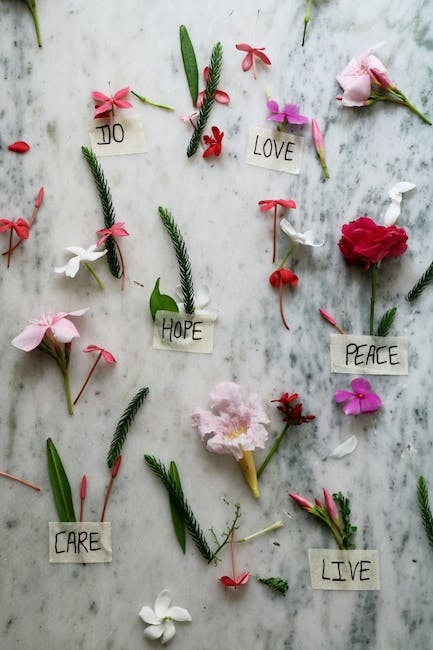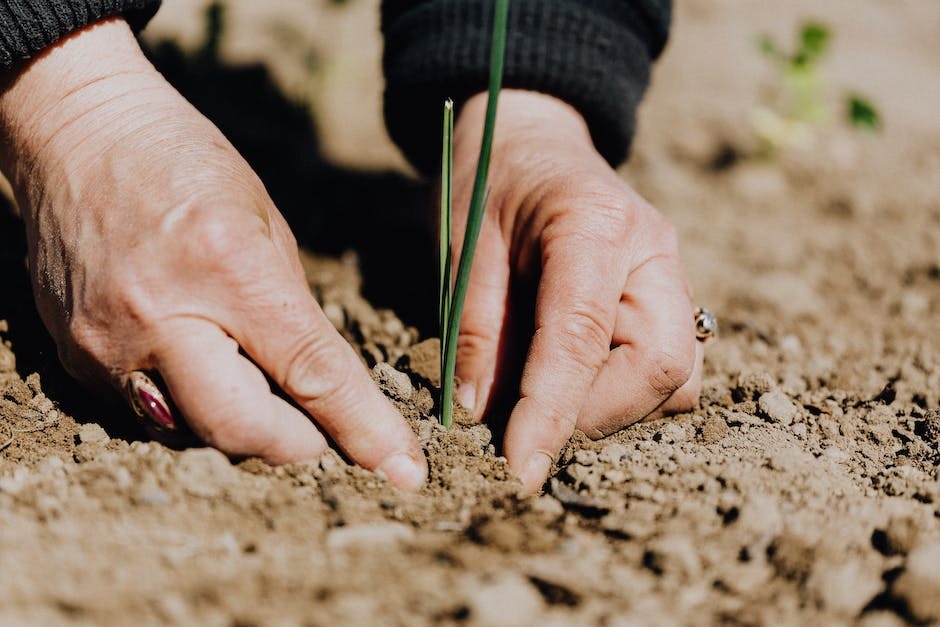Discovering the Wonders of Camellia Sinensis
Camellia sinensis, a remarkable plant species that belongs to the Theaceae family, has been used for centuries to produce different types of tea. This evergreen shrub or small tree, which is native to China, has spread to various parts of the world, including India, Sri Lanka, Kenya, and Japan, where it has become an essential part of their culture and history.
What is Camellia Sinensis?
The Camellia sinensis plant is an evergreen shrub or small tree that can grow up to 10 meters in height, although it is usually pruned to keep it at a manageable size for tea production. Its leaves are dark green, glossy, and leathery, elliptical in shape, with a pointed tip and a smooth, slightly serrated edge. The plant produces small white flowers with yellow centers that have a sweet, fragrant scent, and bloom in the late fall or early winter, depending on the region.
The Benefits of Camellia Sinensis
The Camellia sinensis plant is known for its high caffeine content, which gives tea its energy-boosting properties. Additionally, it contains other compounds, such as theanine, catechins, and flavonoids, which contribute to its various health benefits. These compounds are believed to help with weight loss, lower the risk of heart disease, and reduce inflammation, among other things.
How to Grow and Care for Camellia Sinensis
Growing Camellia sinensis requires specific conditions, including a warm, humid climate, well-draining soil, and regular pruning to promote bushy growth and increase the yield of tea leaves. Understanding the plant’s anatomy and characteristics is crucial to ensuring its proper care and maintenance. Here are some tips on how to grow and care for Camellia sinensis:
- Choose a location with partial shade and well-draining soil.
- Prune the plant regularly to promote bushy growth and increase the yield of tea leaves.
- Water the plant regularly, but avoid overwatering, as this can cause root rot.
- Fertilize the plant once a month during the growing season.
The Global Impact of Camellia Sinensis
The cultivation and production of Camellia sinensis have had a significant impact on various cultures and economies worldwide. Tea has become a staple beverage in many countries, with different types of tea having unique cultural and historical significance. Moreover, tea production has provided employment opportunities and boosted the economy of many regions.
Conclusion
Camellia sinensis is a remarkable plant species that has become an essential part of many cultures worldwide. From its energy-boosting properties to its various health benefits, this plant has much to offer. Understanding how to grow and care for Camellia sinensis is crucial to ensuring its proper maintenance and preserving its global impact.
The Perfect Guide to Growing Camellia Sinensis Plants
If you’re a tea lover, you might be interested in growing your own Camellia sinensis plants. These plants are the source of tea leaves and can be grown in your backyard or in a container. However, growing Camellia sinensis requires specific conditions and techniques. In this blog post, we’ll provide you with a comprehensive guide on how to grow Camellia sinensis plants.
Soil and Planting
Camellia sinensis plants prefer acidic soil with a pH between 4.5 and 6.0. The soil should also be well-drained and rich in organic matter. To prepare the soil, remove any weeds, rocks, and debris. Dig a hole that is twice the size of the plant’s root ball and add compost or peat moss to the soil. Place the plant in the hole and backfill with soil, making sure to tamp it down firmly. Water the plant thoroughly after planting and keep the soil moist but not waterlogged.

When to Plant
It’s best to plant Camellia sinensis in the spring or fall when temperatures are moderate. This will give the plant enough time to establish its roots before the hot summer or cold winter arrives. Make sure to select a location that receives partial shade or filtered sunlight, as direct sunlight can scorch the leaves. In colder climates, it’s recommended to plant Camellia sinensis in a container that can be brought indoors during the winter months.
Care and Maintenance
Camellia sinensis plants require regular care and maintenance to ensure healthy growth. Water the plant regularly, but avoid waterlogging the soil. Mulch the soil around the plant to help retain moisture and prevent weed growth. Fertilize the plant with a balanced fertilizer in the spring and summer. Prune the plant to control its size and shape, and remove any dead or damaged branches.
In conclusion, growing Camellia sinensis plants can be a rewarding experience for tea lovers. By following these guidelines, you can successfully grow your own tea leaves in your backyard or in a container. Remember to provide the plant with the right soil, planting conditions, and care to ensure healthy growth. Happy growing!
The Art of Growing Camellia Sinensis: Tips for Watering, Fertilizing, and Pruning
If you’re a tea lover, you might be intrigued by the idea of growing your own tea plants. Camellia sinensis, the plant that provides the leaves for all types of tea, can be grown in your own backyard with some care and attention. In this blog post, we’ll go over some tips for watering, fertilizing, and pruning your Camellia sinensis plants to help them thrive and produce delicious tea leaves.
Watering
Consistent moisture is key for Camellia sinensis plants, but it’s important not to overwater them. Here are some watering tips:
- Water thoroughly but infrequently, allowing the soil to dry out slightly between waterings.
- During the growing season (spring to fall), the plant may require more frequent watering depending on the temperature and humidity levels.
- Avoid getting the leaves wet, as this can lead to fungal diseases.
Fertilizing
Camellia sinensis plants benefit from regular fertilization, particularly during the growing season. Here are some fertilizing tips:
- Apply a balanced fertilizer with equal amounts of nitrogen, phosphorus, and potassium every four to six weeks.
- Organic fertilizers such as compost or well-rotted manure can also be used.
- Avoid over-fertilizing, as this can lead to excessive growth and poor quality tea leaves.
Pruning
Pruning is important for shaping the plant and promoting healthy growth. Here are some pruning tips:
- Prune in the spring, after the new growth has emerged.
- Remove any dead, damaged, or diseased branches, as well as any branches that are crossing or rubbing against each other.
- Pruning can also help to promote branching and new growth.
- Avoid pruning too heavily, as this can reduce the plant’s overall vigor and productivity.
By following these tips for watering, fertilizing, and pruning your Camellia sinensis plants, you can help them thrive and produce high-quality tea leaves. With some patience and care, you might be able to brew your own homegrown tea in no time!
How to Maintain Healthy Camellia Sinensis Plants for Optimal Yield
If you’re a tea lover, you probably know that Camellia sinensis is the plant that produces the beloved beverage. However, growing these plants can be challenging, especially if you’re not aware of the common pests, diseases, and environmental factors that can impact their growth and yield. In this blog post, we’ll explore some tips on how to maintain healthy Camellia sinensis plants for optimal yield.
Pests
Unfortunately, Camellia sinensis plants are susceptible to several pests, including spider mites, scale insects, and tea leafhoppers. These pests can cause significant damage to the plant, leading to reduced growth and yield. To prevent pest infestations, it is crucial to maintain good plant hygiene by keeping the area around the plants free of debris and weeds. Regularly inspect the plants for signs of pest activity, such as yellowing leaves or webbing, and consider using appropriate pesticides or natural remedies to control the infestation.
Diseases
Camellia sinensis plants can also be affected by several diseases, such as root rot, leaf blight, and gray mold. These diseases can cause wilting, leaf spots, and other symptoms that can reduce plant health and yield. To prevent disease, it is vital to maintain good soil drainage by planting the plants in well-draining soil. Avoid overwatering, as this can lead to waterlogged soil, which can promote disease development. In case of infection, it’s essential to remove any infected plant parts immediately and consider using fungicides or other treatments to control severe disease outbreaks.
Environmental factors
Camellia sinensis plants require specific environmental conditions to thrive, including moderate temperatures, humidity, and sunlight. Extreme temperatures, drought, and excessive rainfall can all impact plant health and yield. To ensure optimal growth, it is crucial to provide the plants with adequate water, fertilizers, and sunlight. Protecting the plants from extreme weather conditions is also essential. Proper pruning and training can help manage the plant’s growth and improve overall health.
Conclusion
Growing Camellia sinensis plants can be rewarding, but it requires attention to detail and proper care. By maintaining good plant hygiene, preventing and controlling pests and diseases, and ensuring optimal environmental conditions, you can enjoy healthy plants and a bountiful harvest. Remember to regularly inspect your plants and take prompt action in case of any issues to prevent them from spreading. With the right care and attention, you can enjoy the satisfaction of growing your tea plants and sipping on a delicious homemade cup of tea.


Leave a Reply